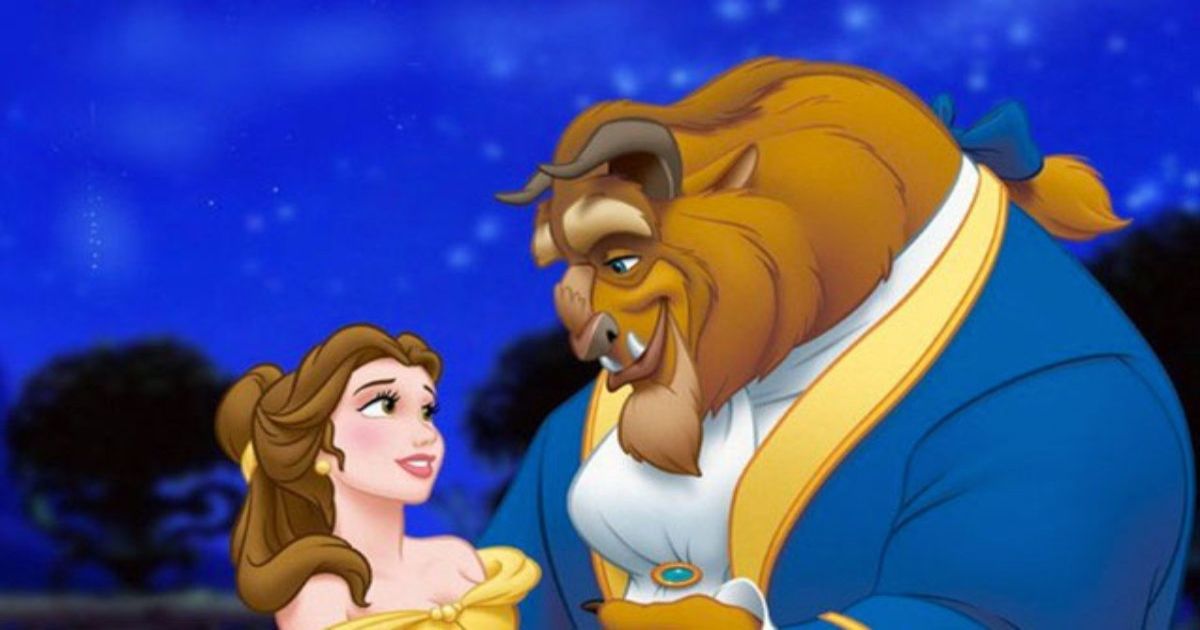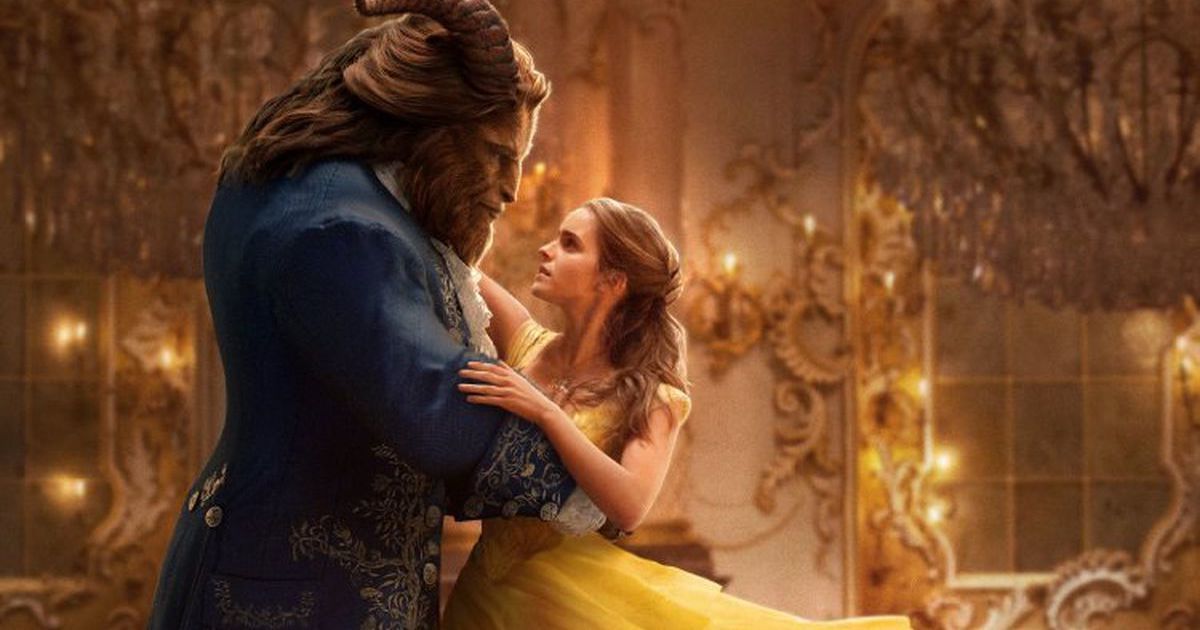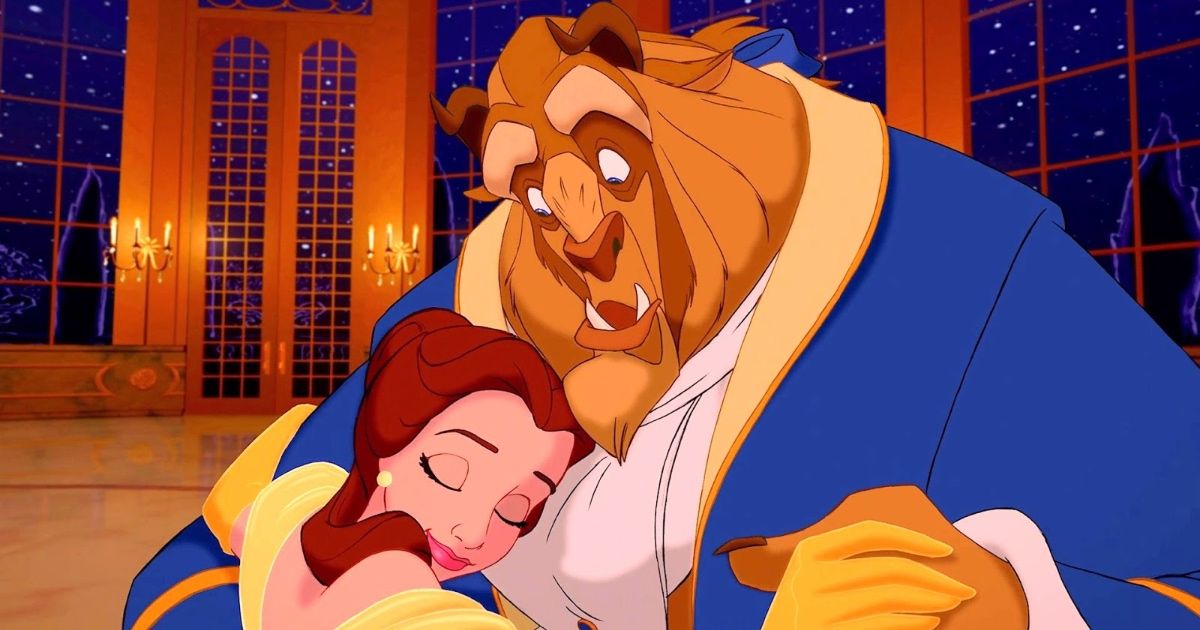Despite Emma Watson fantastically portraying the latest 2017 Beauty and the Beast movie as a feminist film and even going to lengths such as asking renowned feminist writer Gloria Steinem to watch it and make sure it aligned with feminist principles, there is no denying that the foundation of Beauty and the Beast is actually far from a feminist feature. The stark reality is that beautiful Belle is held captive by a formidable beast and forced to fall in love with him, Stockholm Syndrome style. Watson does portray Belle as an intelligent, independent woman, but yet still gets captured by an angry man with a curse.
Old original Disney fairytales like Beauty and the Beast are still beloved to this day, even when they're turned into live-action movies. By all means, they are often very enjoyable, which makes it actually quite hard to sit back and look at the story from a different angle. But when we manage to do so, we realize that some of them, especially Beauty and the Beast, are actually pretty messed up, and the story doesn't work.
Belle and the Abusive Beast
While Belle is a greatly appreciated princess among young girls dreaming of their fairytale ending, Beauty and the Beast might not be the story you want your daughter to go for. The storyline follows a prince who has been imprisoned and cursed to be in the form of a monster because of his egotistical behavior, and the only way the curse will break is through real, true love. When Belle visits the castle, he seeks the most perfect opportunity, and traps her until she falls in love with him. Of course, eventually she does, and the spell is broken. Is this any different from the recent, controversial movie on Netflix, 365 Days, where a man kidnaps a woman, essentially rapes her, and waits for her to 'fall in love' with him?
Disney's fairytales are often incredibly messed up, likely as a result of men writing about what romance means for a woman. Cinderella shows a girl who is abused and mistreated (as an actual slave) for years, and the only way to escape is by a big strong man; The Little Mermaid shows that you have to lose your voice and personality in order to be loved and conform to certain beauty standards. Obviously, Beauty and the Beast shows that putting up with horrible, abusive behavior and tolerating a literal monster (who kidnaps you) is all well and good, so long as he's ultimately handsome and rich. Disney's fairytales really aren't giving children a good impression of love.
Disney has always showed Beauty and the Beast as an incredibly romantic story about true love and not judging a book by its cover, that love comes from within, not from looks. But, perhaps Disney fans should break down exactly what happens to Belle throughout the movie. First, to point out the obvious, she is held captive, locked in a room against her will and her father is mysteriously just nowhere to be seen. She is criticized and harassed by almost every male character, and a big giant ugly beast throws a table at her and literally growls at her.
The Portrayal of True Love
Despite this magical fairytale story actually being quite traumatizing, it could also serve as an important lesson. As much as young girls dream of a fairytale ending like Belle, it isn't always the reality. In real life, there are people who suffer abuse that they believe is true love, and behind closed doors we never know what occurs. Perhaps Beauty and the Beast should be a warning sign for us, and a lesson that as a society, we should be speaking of domestic abuse more often, and shedding light on the trauma that many people go through. Unfortunately, many women grow up thinking that this kind of abusive behavior is acceptable, and have a cloudy vision of what love can be.
The main problem in Beauty and the Beast is that Belle is too easily convinced. All of a sudden, the Beast's past behavior is easily forgotten about, or even forgiven, and suddenly Belle is charmed and decides that she does love him after all. It could quite easily be argued that throwing tables at people isn't a good sign that their behavior has changed, and that the Beast should have kept his ghastly appearance.
However, as much as we shout at the TV or question this strange and messed up storyline, it's not as if it isn't actually quite realistic. It might even be quite a perfect representation of abusive relationships; although, abuse is not limited to throwing tables or forcing people to you, it can take many forms and if anything, Beauty and the Beast is a warning sign of just how messed up the idea of 'love' can be. Perhaps Disney fairytale stories are in need of some serious modernization and could use a story of a woman who notices a man's abusive nature and confidently and proudly turns the other way.



